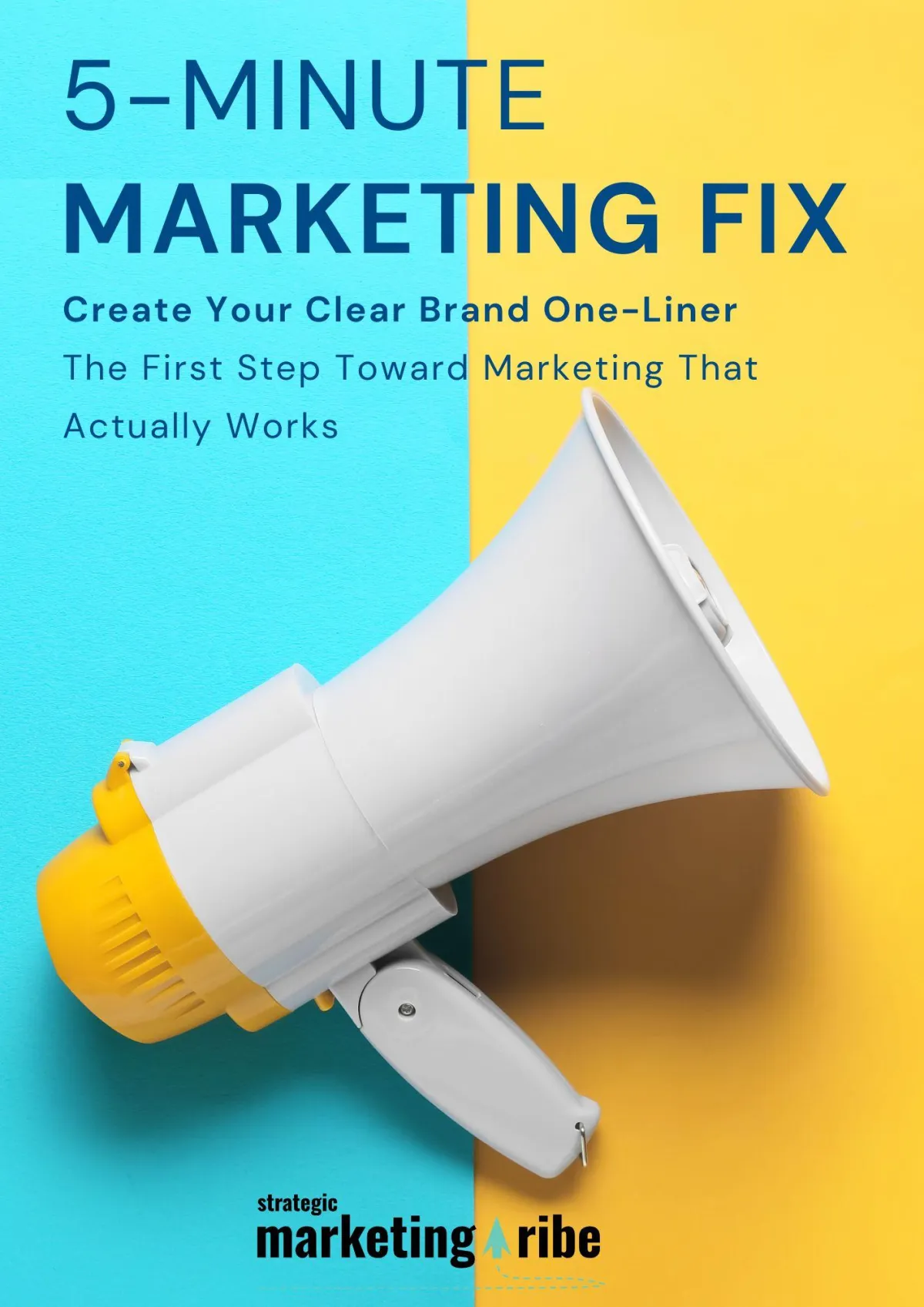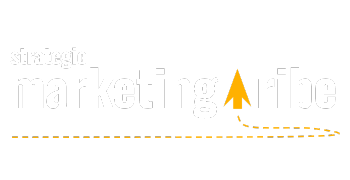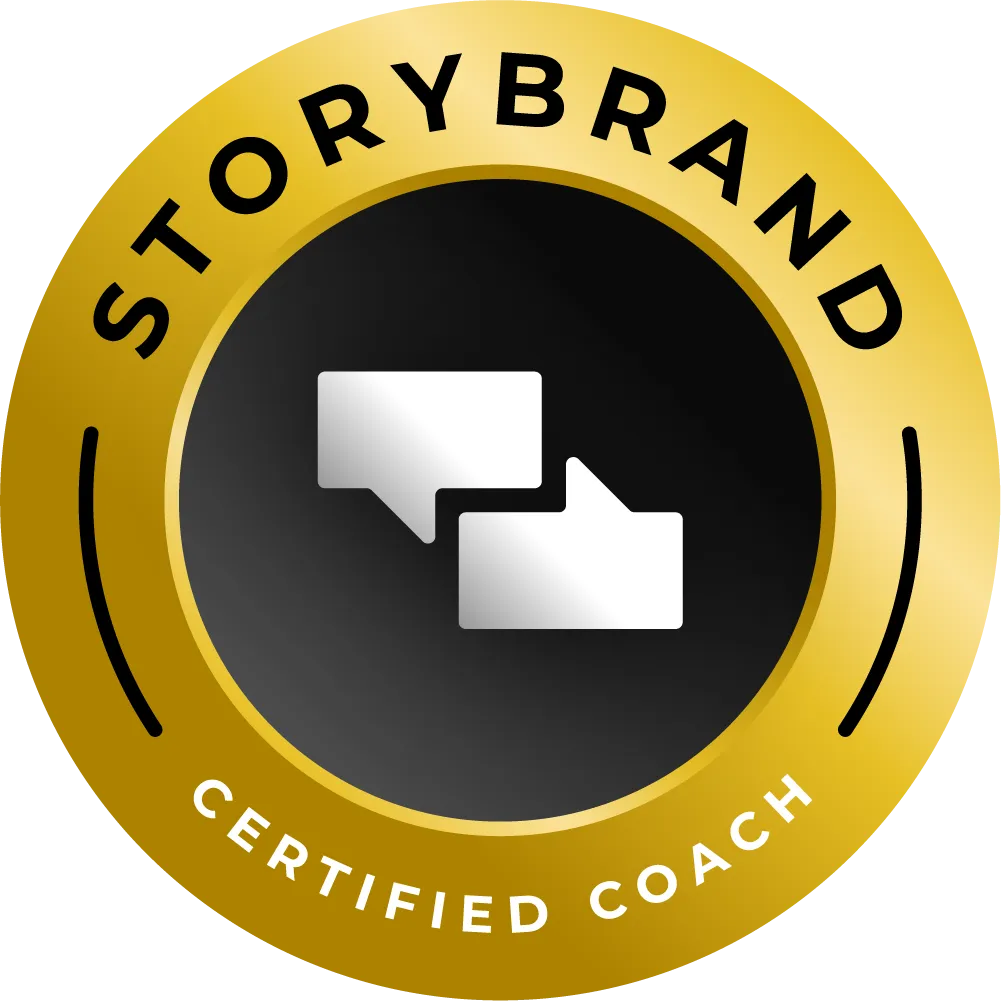NEWS, MEET STRATEGY
Real news, real insights – for small businesses who want to understand what’s happening and why it matters.

AI Helps Creatives Hit KPIs Faster and Stress Less
By Vicky Sidler | Published 20 November 2025 at 12:00 GMT+2
Ever stared at a blank screen and thought, “Maybe I’ll just redesign my logo again instead”? You’re not alone. But for a growing number of creatives, AI is quietly showing up to work, ready to brainstorm, draft, polish, and even fix your alt text.
According to a new report by Magic Hour, 1 in 4 creative teams now rely on AI for most of their output. And no, it’s not just for cheaty shortcuts or flavourless content. It’s actually helping real teams do better work, faster.
Let’s look at what’s changing—and how small businesses can benefit too.
TL;DR:
46% of creatives save 5+ hours a week with AI
1 in 4 say half or more of their work is AI-assisted
AI content is 6x more likely to outperform on KPIs
Top time-savers: brainstorming, accessibility, drafts, and research
Stress is down for 48% of creatives using AI
👉 Need help getting your message right? Download the 5-Minute Marketing Fix
Table of Contents:
AI Helps Creatives Hit KPIs Faster and Stress Less
AI Is the New Team Member (Without the Payroll):
What Creative Teams Are Doing With Their Extra Time:
Performance Is Up—And That’s What Actually Matters:
So What Should Small Businesses Do?
1. Turn One Piece of Content Into Ten
1. How many creatives are actually using AI right now?
2. Is AI really saving people that much time?
3. What kinds of creative tasks does AI help with most?
4. Can AI content actually perform better than human-only work?
5. Are teams using AI for everything now?
6. What’s the biggest benefit of using AI according to creatives?
7. Does AI reduce or increase creative stress?
8. Will AI replace creative jobs?
9. How can small businesses use AI without losing their voice?
10. Where should I start if I want to use AI in my marketing?
AI Is the New Team Member (Without the Payroll):
Magic Hour surveyed 252 marketing creatives. Nearly half said AI saves them 5 or more hours every week. That’s not “shave a minute off a meeting” time—that’s deep, usable time. Think fewer all-nighters, fewer tabs open, fewer sighs.
Where is the time saved?
Brainstorming ideas
Drafting the first version of content
Summarising research
Improving accessibility features like captions or alt text
Designers are saving the most hours, with 1 in 4 saying they reclaim 10+ hours a week. Video editors and writers follow close behind.
Even better? Those saved hours aren’t being used to binge another productivity podcast.
What Creative Teams Are Doing With Their Extra Time:
Instead of doing less, creatives are going deeper.
The top reinvestment? Exploration.
They’re testing more hooks, running extra variations, refining visuals, and trying different angles—all before finalising anything. That’s the kind of work that used to be a luxury.
Other popular uses for the saved time:
Learning new tools and upskilling
Taking on extra client work
Strategic planning
Rest and recovery (a.k.a. remembering to blink)
Performance Is Up—And That’s What Actually Matters:
Nearly 40% of creatives say AI-assisted content performs better than human-only work. That’s not a knock on humans. It’s a reminder that better tools = better results when used well.
Top performance gains include:
Faster drafts and quicker approvals
Better engagement on videos, posts, and ads
More consistent branding across platforms
Higher click-through rates
It’s not just opinions either. IBM cut design timelines from two weeks to two days. Clorox uses AI to produce content faster across formats—without cutting staff.
But What About the Stress?
Here’s the surprising part.
AI is actually reducing burnout for nearly half of creative teams.
Writers report the biggest shift, with 68% saying their stress is down. Designers, videographers, and strategists follow close behind.
Of course, not everyone’s floating on a cloud of AI-generated calm. About 25% say stress has increased—likely because some companies use time saved to pile on more work instead of adjusting expectations.
Lesson? AI is a tool, not a miracle. The relief comes when it’s used to support creativity, not squeeze it.
So What Should Small Businesses Do?
You don’t need to overhaul your entire workflow overnight. But if you’re spending hours fiddling with social posts, writing emails from scratch, or guessing what headline will work—AI can help.
Start by identifying the bottlenecks. Use tools that handle the grunt work (drafting, transcribing, summarising) so you can focus on the message and strategy.
And most importantly, don’t lose your voice in the process. AI is helpful. But clarity still wins.
That’s why I always recommend starting with a strong message first — like a one-liner that explains what you do in plain English.
Download my 5-Minute Marketing Fix to write yours now.
It’s free. It works. And yes, you can even ask AI to help once you know what you want to say.
Related Articles:
1. Turn One Piece of Content Into Ten
If AI is helping you move faster, this article shows how to stretch every idea further. Learn how to repurpose one strong piece of content into ten different formats that all work toward your KPIs.
2. Confused Messaging Is Costing You Leads
AI can help you write faster, but clarity still wins. This post explains how to simplify your message using StoryBrand principles so your marketing actually connects and converts.
3. The Marketing Hourglass: Building Loyal Customers
If you’re using AI to free up time for strategy, this article shows where to focus it. Discover how to build trust and loyalty at every stage of your customer’s journey.
4. Charlie Puth on AI & Imperfect Art
Worried AI will make your work feel robotic? This article explores how artists like Charlie Puth are embracing imperfection and keeping authenticity at the heart of creativity.
5. Hub Pages: Organize Content and Improve SEO
Once AI helps you produce more content, this post shows how to keep it organised. Learn how hub pages can boost SEO and make every post work harder for your brand.
1. How many creatives are actually using AI right now?
In the Magic Hour survey, 90% of marketers said they’re already using AI, and 71% use it weekly or more. It’s not a niche tool anymore — it’s part of everyday workflows.
2. Is AI really saving people that much time?
Yes. 46% of creatives save five or more hours per week, and 1 in 5 say they save over 10 hours. That time gets used for deeper exploration, strategy, or just getting more done.
3. What kinds of creative tasks does AI help with most?
Top time-savers include brainstorming ideas, writing first drafts, doing research, and handling accessibility tasks like alt text and subtitles.
4. Can AI content actually perform better than human-only work?
It can. In the survey, 38% of creatives said their AI-assisted content outperformed traditional content on KPIs like engagement, click-throughs, and consistency.
5. Are teams using AI for everything now?
Not everything, but it's growing fast. About 1 in 4 creatives say that half or more of their output is now AI-assisted — especially in design, video, and strategy roles.
6. What’s the biggest benefit of using AI according to creatives?
Aside from time saved, the biggest gain is getting to a solid first draft quicker. That gives teams more time to polish and experiment before launch.
7. Does AI reduce or increase creative stress?
It depends. 48% of creatives report less stress after adopting AI, especially writers. But 25% say stress increased, often when teams try to squeeze in more work without adjusting expectations.
8. Will AI replace creative jobs?
The data suggests otherwise. AI is helping creatives do more and focus on the parts of the job that matter most. Companies like Clorox have improved production without cutting staff.
9. How can small businesses use AI without losing their voice?
Start with a clear message and use AI to support, not replace it. Tools can help with speed and structure, but your tone and strategy still need to come from you.
10. Where should I start if I want to use AI in my marketing?
Begin with the parts that eat up time — drafting, brainstorming, or captioning. Then build out from there. And if you’re not sure what your message is?
👉Download the 5-Minute Marketing Fix to get that sorted first.

Created with clarity (and coffee)







